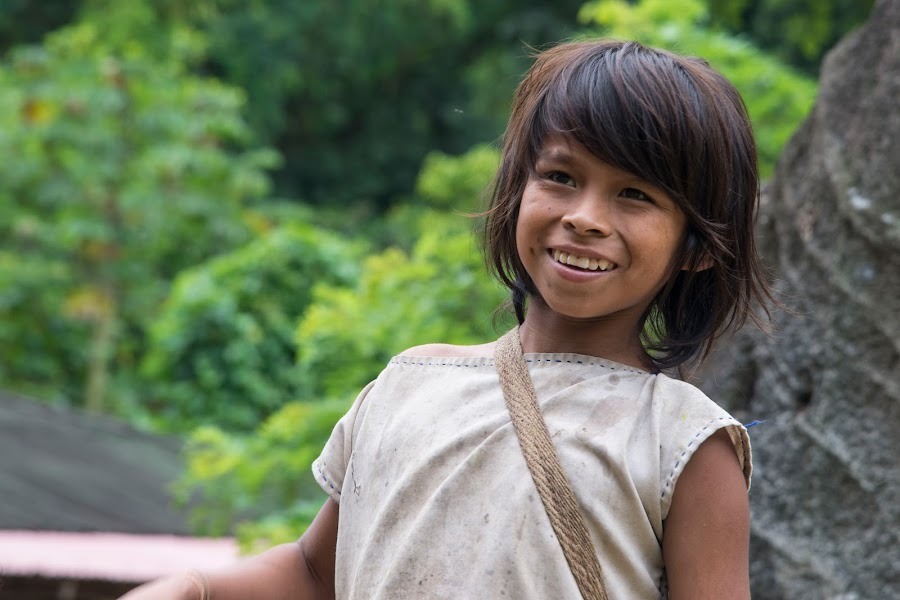WiwaTribe
In the worldview of the Wiwa indigenous people, there is a strong spiritual link to supernatural characters who bring to life the mythical stories of the world.
WiwaWalKer
2/21/20234 min read
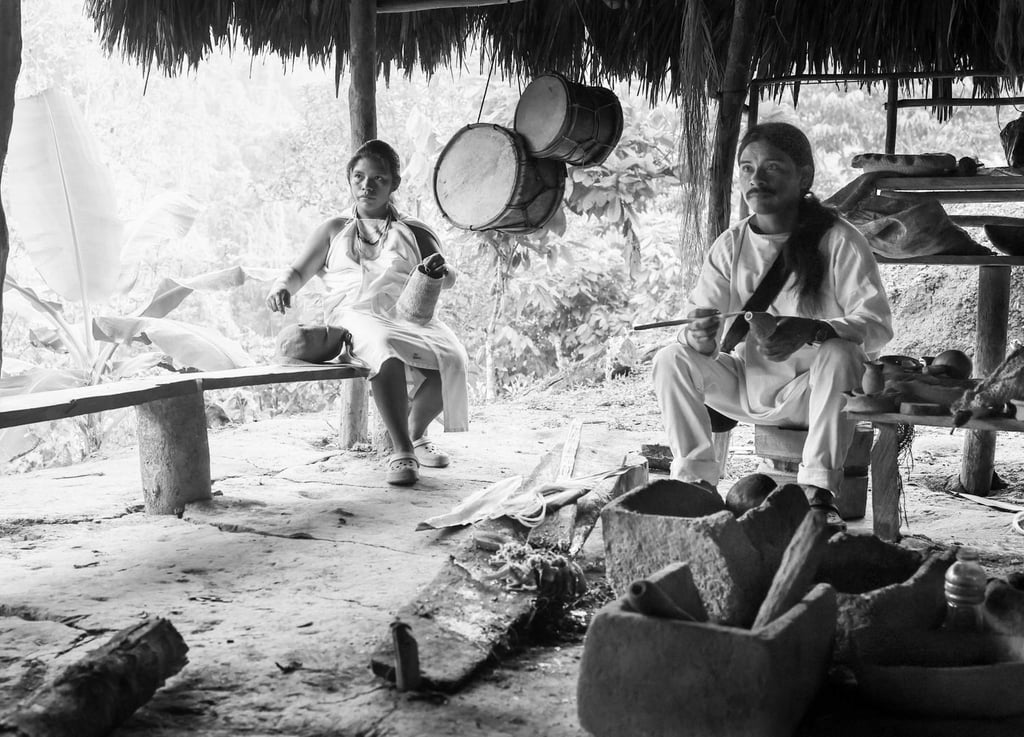

Before contact with outside society, it is known through tales and myths shared by the peoples of the Sierra. Since the 16th century, the entire Sierra Nevada was exploited by the colonial system. In the 18th century, the colonial system adopted laws that went against the culture of the indigenous peoples of the Sierra, as it intervened in the villages to establish censuses and systems of taxation of the indigenous people, in addition to the imposition of Catholicism and other social practices alien to the indigenous tradition.
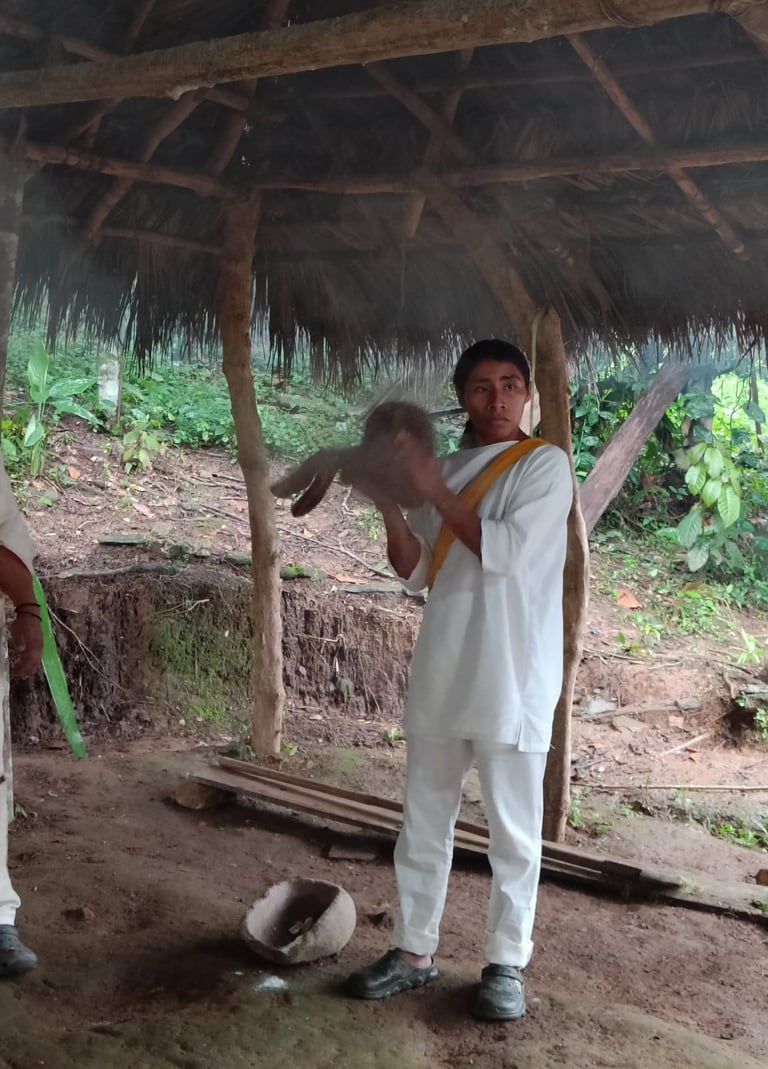

The territory was recently repopulated by the indigenous people, thanks to the cultural policies that the government has implemented, which favor the processes of cultural strengthening of the Wiwa indigenous people.
Their native language is Damana, which belongs to the Chibcha linguistic family. The Wiwa language, which is used daily, has other languages for ritual use by the Wiwa (Terruna) and Kaggaba (Teyuan) peoples, which are only used in speeches and sacred chants during traditional ceremonies.
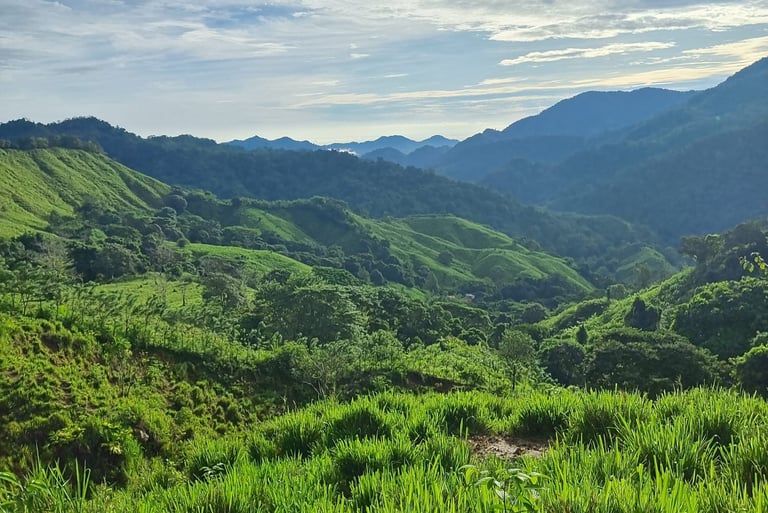

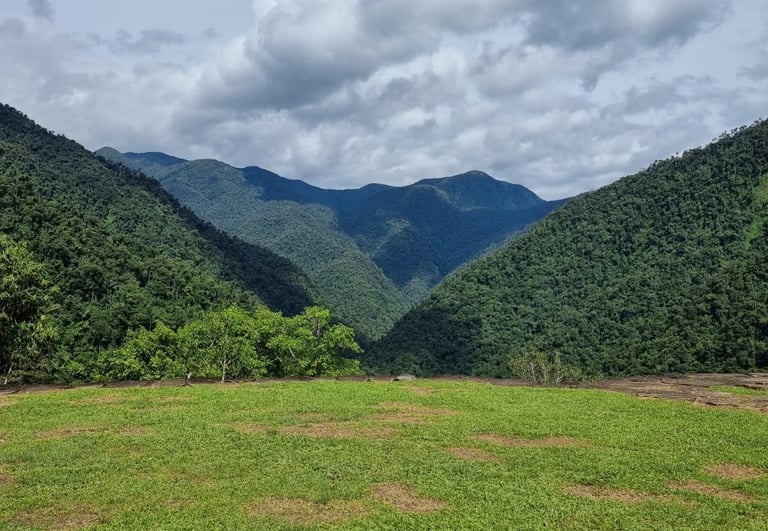

For some years now, the Wiwa people have had an Education Committee that has been working to incorporate their forms of teaching into the school context and to consolidate the use of Damana as a means of communication. As a result of this work, some schools now include in their curricula a subject dedicated to the teaching of this language.
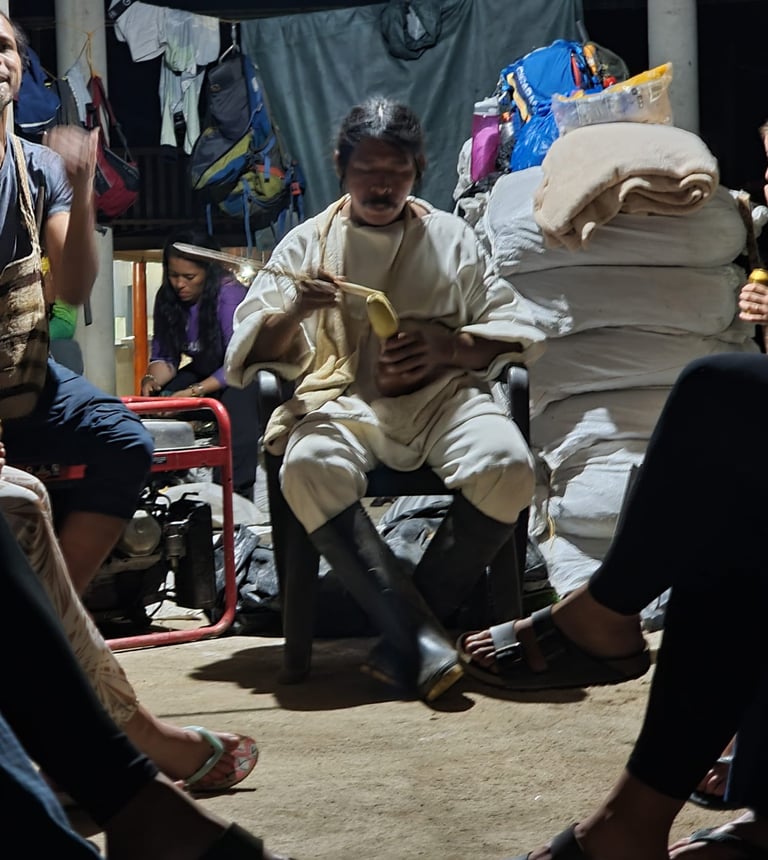

Sacred sites are distributed throughout the territory, from when Serankua deposited a guardian and owner of everything that exists in the Sierra Nevada and the world.
The Gagaka, or hill, is one of Mama's places of power, where he always sits to make spiritual payments or to make the person who consults him confess. The Gagaka is defined by the presence of stone chairs, called atinkuna, useful for divination and confession, which the Mama identifies using divination or Zhatukua.
In the worldview of the Wiwa indigenous people, there is a strong spiritual link with supernatural characters that give life to the mythical stories of the world.
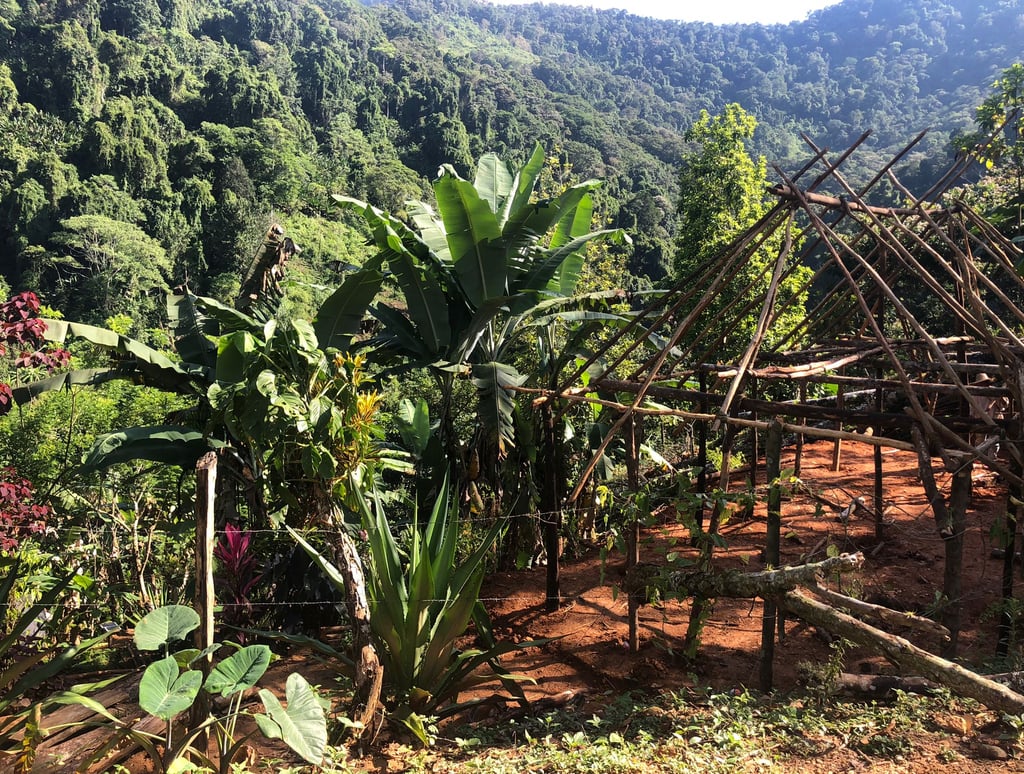

Sacred sites are distributed throughout the territory, from when Serankua deposited a guardian and owner of everything that exists in the Sierra Nevada and the world.
The Gagaka, or hill, is one of Mama's places of power, where he always sits to make spiritual payments or to make the person who consults him confess. The Gagaka is defined by the presence of stone chairs, called atinkuna, useful for divination and confession, which the Mama identifies using divination or Zhatukua.
In the worldview of the Wiwa indigenous people, there is a strong spiritual link with supernatural characters that give life to the mythical stories of the world.
Consequently, tangible characters such as the Mama and the Saga materialize the idealization of the spiritual reality and forms of belief of the people. These characters represent their natural gods, the sun and the moon respectively, constituting themselves as traditional authorities before the other members of the village. In this way, they assume characters that explain the social and natural life of the collective, which are explained through the oral tradition of the Mamas and Sagas.
Religious proselytizing in the highland territories has led to the appropriation of new religious creeds that have produced a strong syncretism between traditional spiritual and transcendent traditions and beliefs and those of Catholicism. The social life of the highland peoples is mediated by the different spiritual manifestations that make up a system of rituals and festivities that revolve around the development of traditional activities. Coca is one of the plants with the greatest ceremonial and spiritual use, as well as being used for the treatment of ailments and severe illnesses. Periodic rituals are associated with climatic changes and other cycles.
The Census (DANE, 2005) reported 10,703 people self-recognized as belonging to the Arzario (Wiwa) people, of which 50.8% are men (5,433 people) and 49.2% are women (5,270 people).
